Over hundreds of years, the Complex of Hue Monuments (recognized by UNESCO as a World Cultural Heritage in 1993) currently has many degraded and damaged monuments. Therefore, the work of restoration, conservation, and preservation of the original elements of the monuments is always given top priority. And thanks to the talented and skillful hands of artisans in the land of the Ancient Capital, many monuments inside the Hue Imperial City have been restored and embellished, becoming attractive tourist destinations.
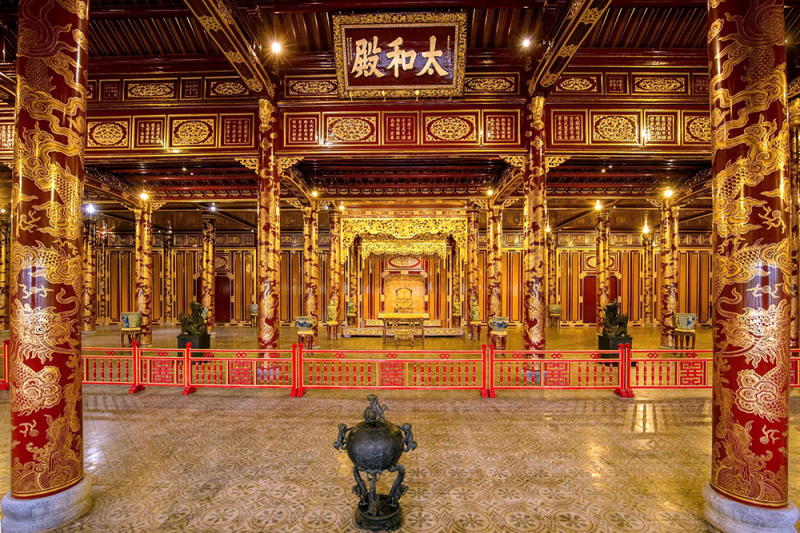 The decorative motifs and patterns in Thai Hoa Palace are gilded with gold.
The decorative motifs and patterns in Thai Hoa Palace are gilded with gold.
In the warm weather of the first days of Spring 2025, many tourists came to Hue Imperial City and visited Thai Hoa Palace, which had just been renovated. Thai Hoa Palace was built in 1805 under King Gia Long, and is the most important architectural work in the Royal Palace, symbolizing the power of the Nguyen Dynasty. This palace has marked the history of 13 kings of the Nguyen Dynasty, where the Emperor sat on the throne, held court sessions, grand ceremonies and other important rituals of the royal court. After a long time of existence and the influence of storms, the Thai Hoa Palace relic has degraded and damaged many items, so the Hue Monuments Conservation Center (BTDT) has dismantled and restored it in November 2021.
After 3 years of restoration, on the occasion of Vietnam Cultural Heritage Day (November 23, 2024), Thai Hoa Palace was inaugurated and reopened to welcome visitors. To "revive" Thai Hoa Palace as it is today, a team of artisans and skilled workers raced against time, working tirelessly to complete the work on schedule. According to artisans, in the process of restoring Thai Hoa Palace, the gilding stage is considered very important and takes the most time and effort.
Mr. Hoang Viet Trung, Director of the Hue Monuments Conservation Center, affirmed that thanks to the efforts of artisans, workers and restoration contractors, the conservation and restoration of Hue Monuments has achieved many successes, contributing to the conservation of monuments, the conservation of intangible cultural heritage, and the embellishment of the landscape of the heritage site. Thereby, Hue cultural heritage is increasingly widely promoted around the world, creating great attraction for tourists and gaining the support and active participation of local people in the conservation and promotion of heritage values.
Talking to CAND Newspaper reporter, artisan Phan Canh Quang Thuan (born in 1973, in Thuy Bieu ward, Hue city), the person in charge of gilding the Thai Hoa palace relic, said that he has been involved in the gilding profession for more than 30 years and has restored many important relics in the ancient capital of Hue.
“Thai Hoa Palace has thousands of large and small wooden components, most of which are gilded. After the demolition, the investor established a council to assess the condition and classify the wooden components. Accordingly, good wooden components will be reused, damaged or termite-infested components will be replaced with new wood and restored to their original state. After being crafted into columns, rafters, beams, and walls, the wooden components will be transferred to artisan Thuan’s team to carry out the gilding process,” said artisan Phan Canh Quang Thuan.
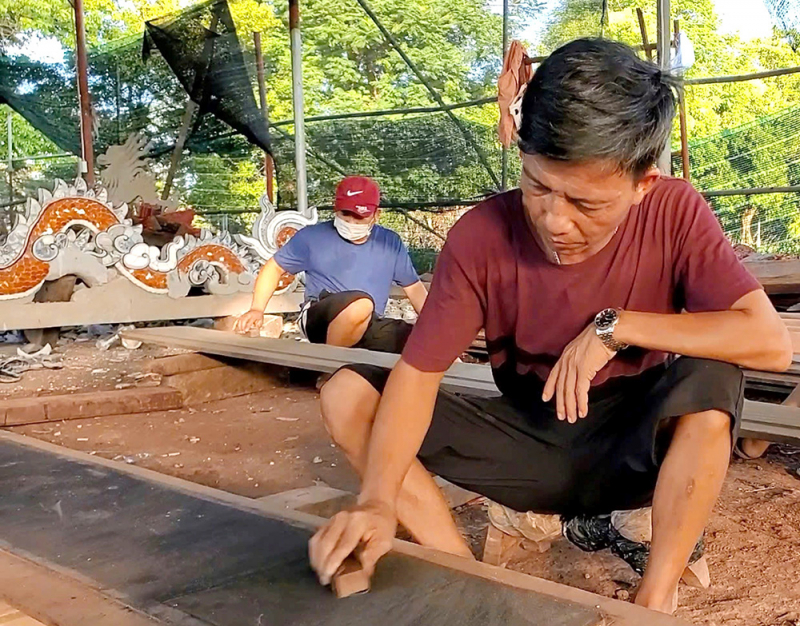 Artisan Phan Canh Quang Thuan prepares for the gilding stage.
Artisan Phan Canh Quang Thuan prepares for the gilding stage.
To complete the gilding of a wooden structure, artisans must go through many stages and apply up to… 14 layers of paint. Initially, artisans take the resin of a natural lacquer tree. After being beaten into main lacquer, the raw lacquer is filtered through a layer of cloth to remove residue, then mixed with lacquer powder, turpentine, tung oil and kerosene in a certain ratio and beaten into lacquer.
With this type of lacquer, artisans use it to gild and silver-plated wooden components at Thai Hoa Palace. After each coat of lacquer, artisans and workers use fine sandpaper to smooth the surface of the wooden components to create a glossy finish. Next, the craftsman applies a layer of lacquer to the surface of the decorative motifs that need to be gilded, then uses thinly sliced gold bars to gild the motifs or decorative details. Finally, the craftsman paints around the gilded motifs and patterns to complete the process.
Not only were the wooden structures gilded with red paint, the canopy above the throne in the middle of Thai Hoa Palace was also meticulously restored. According to historical documents, during the reign of King Gia Long, the canopy was made of brocade. In 1923, on the occasion of the "40th Anniversary", King Khai Dinh ordered the canopy to be made of gilded wood, intricately carved with the image of 9 winding dragons.
“The process of gilding the wooden structures and gilded canopy at Thai Hoa Palace is carried out according to strict procedures. Our team of workers is divided into many shifts, working day and night, in which the last months of 2024 will work through the night to meet the completion schedule to serve visitors,” said artisan Quang Thuan.
In addition to artisan Phan Canh Quang Thuan, many artisans and skilled workers specializing in carpentry, masonry, inlay, and enamel restoration have been mobilized to Hue Imperial City to work on the restoration of architectural monuments. Among them, artisan Nguyen Thanh Thuan (born in 1982, in Quang Tho commune, Quang Dien district, Thua Thien Hue) was also assigned to lead a team of nearly 20 workers to restore and decorate dragons, phoenixes, and motifs on the roofs of the palaces.
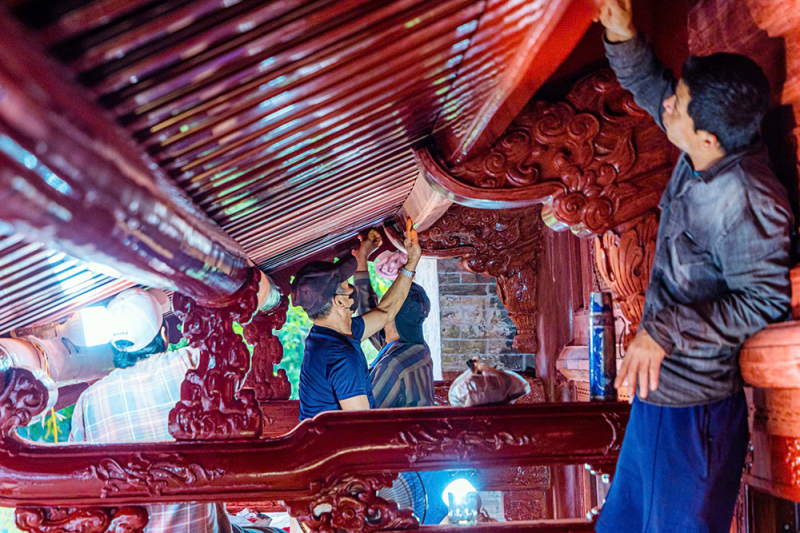 The talented hands of artisans help "revive" many degraded relics inside the Hue Imperial City.
The talented hands of artisans help "revive" many degraded relics inside the Hue Imperial City.
According to artisan Nguyen Thanh Thuan, more than 20 years ago, he studied ceramic mosaic with artisan Truong Van An and then became involved in the relic works in the ancient capital. Based on the model dragon pairs of the relics, artisan Thuan and other workers created the original model with reinforced concrete, then took the good ceramic pieces from the old dragon pair to inlay on the new dragon body. The missing part will be supplemented by the ancient ceramic pieces purchased from those who specialize in salvaging ceramics on the Huong River. Next, the artisan uses cement to bond the ceramic pieces, creating majestic and vivid dragon and phoenix works on the roof of the relics.
Thanks to the efforts of skilled artisans and traditional craftsmen, Thai Hoa Palace, Kien Trung Palace and many other relics belonging to the Complex of Hue Monuments have been restored ahead of schedule. Many tourists visiting Hue Imperial City could not hide their surprise at the majestic and magnificent architectural works of the Nguyen Dynasty after being restored and embellished.


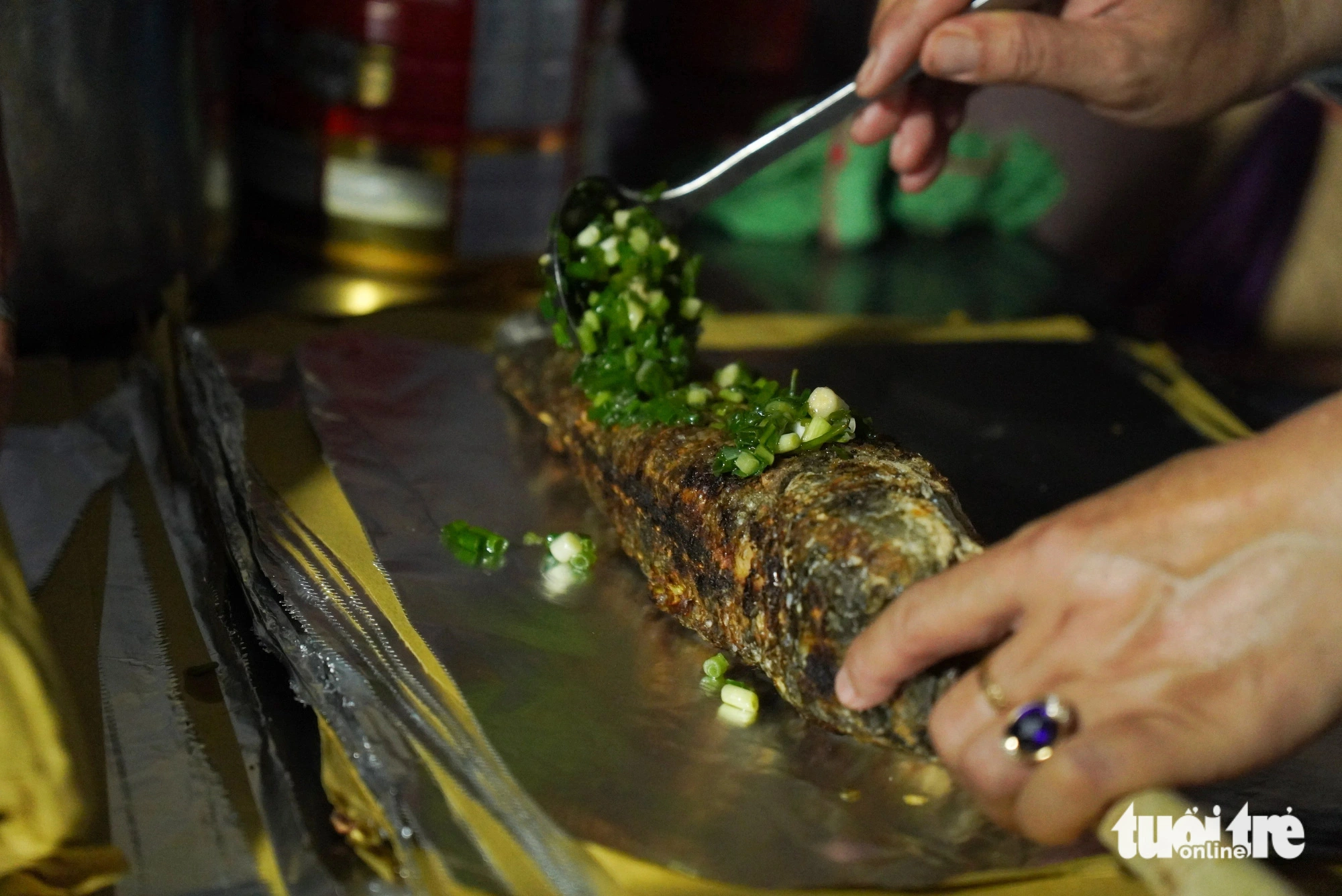


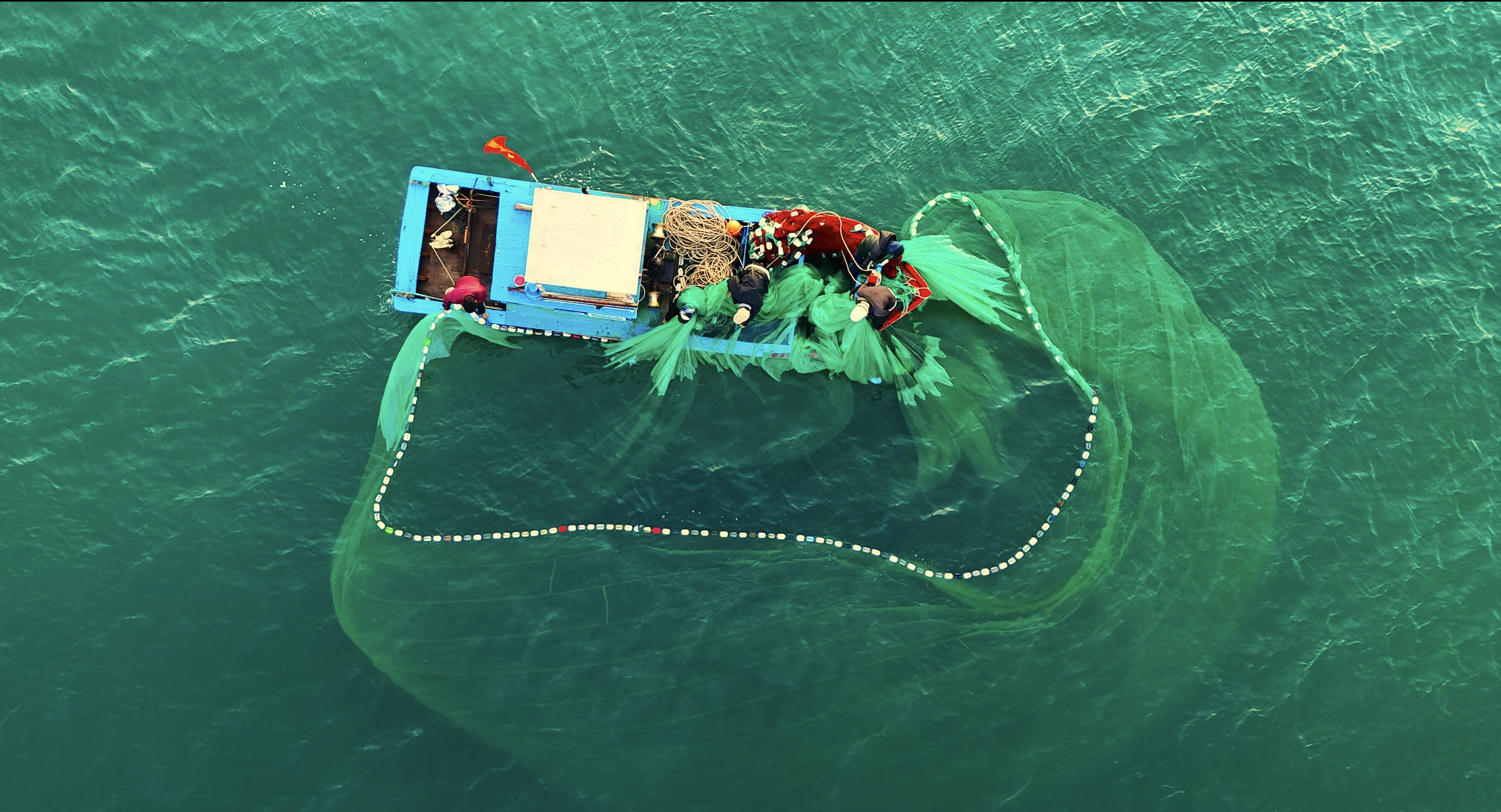
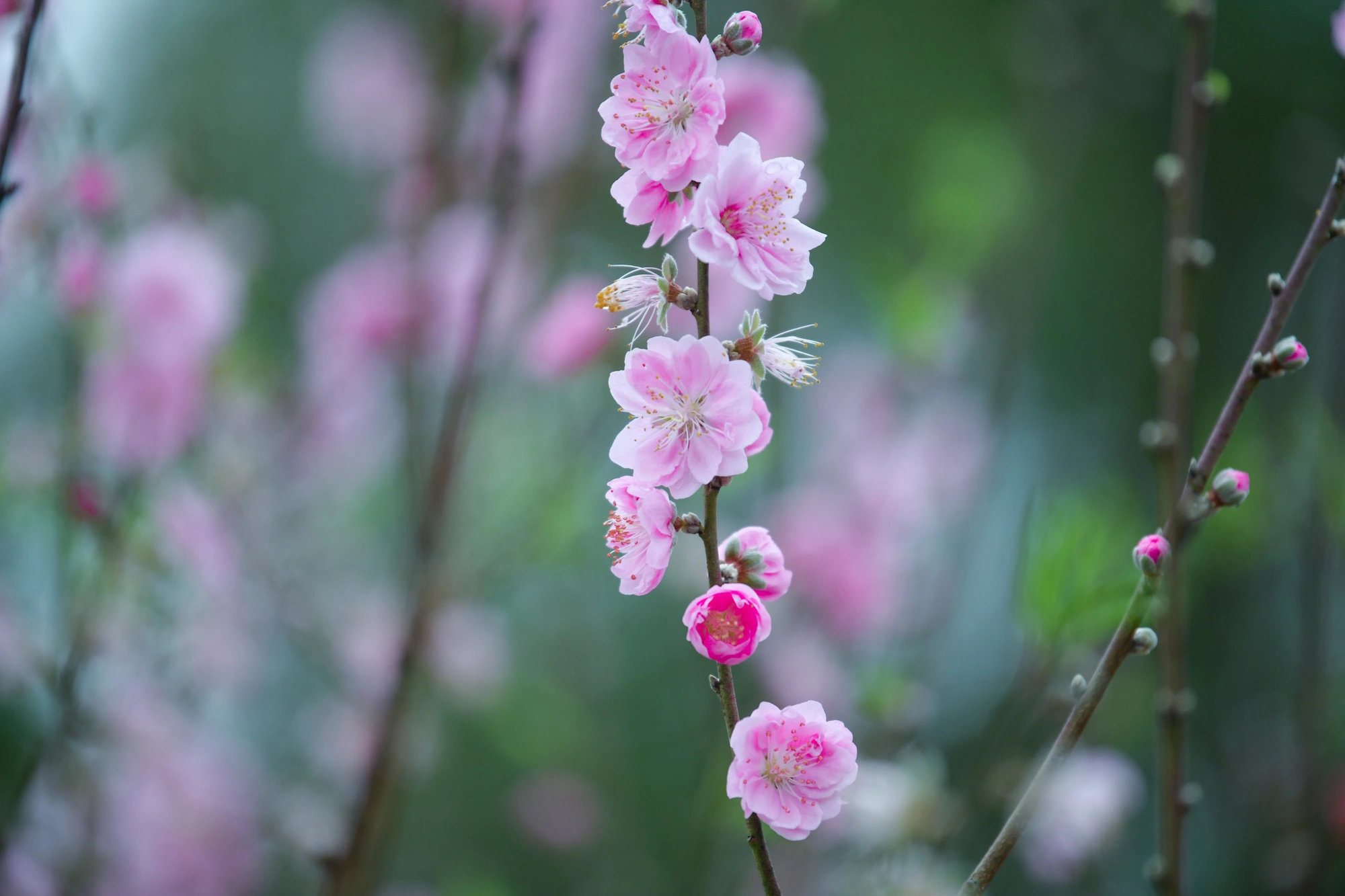
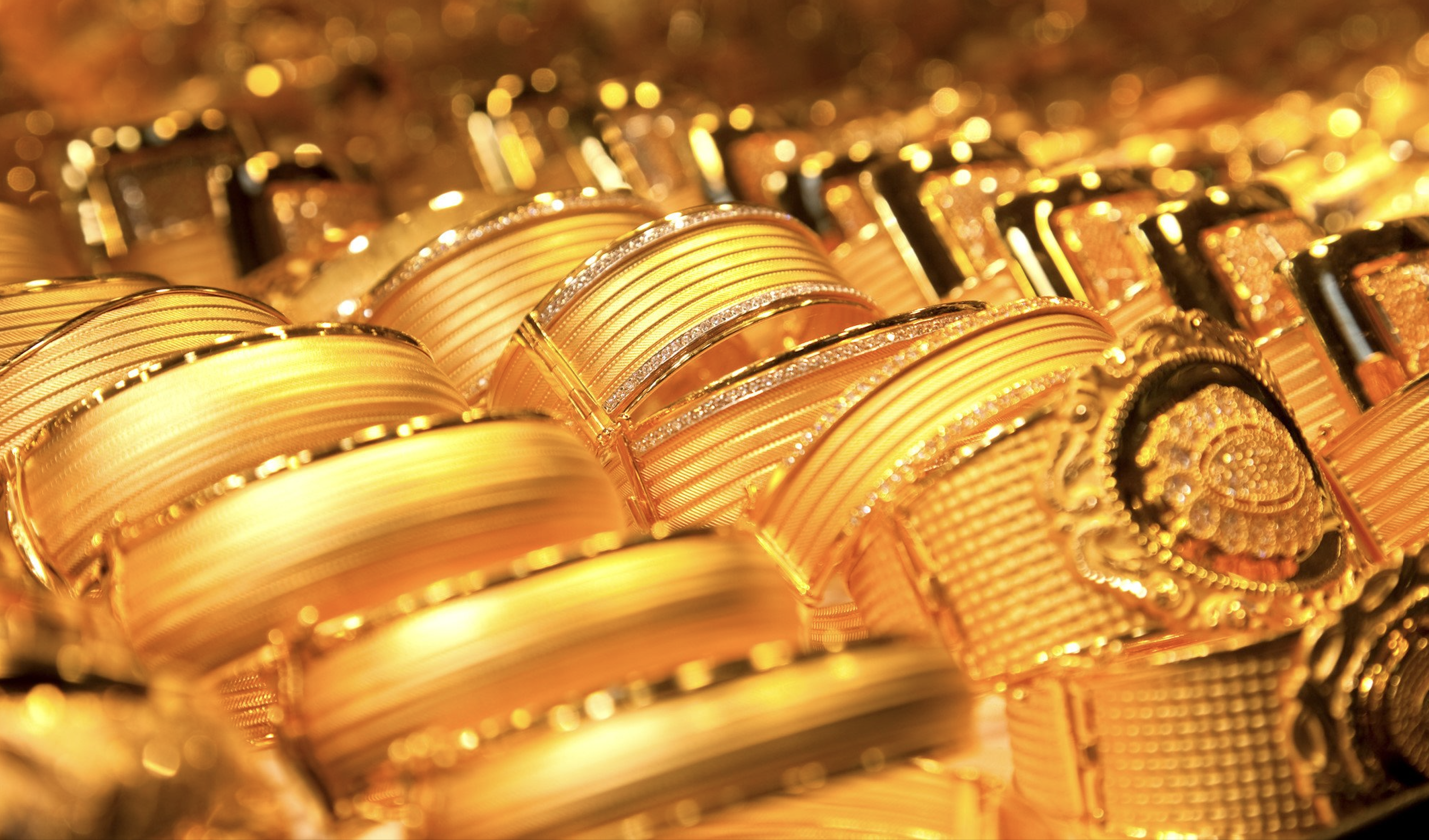






















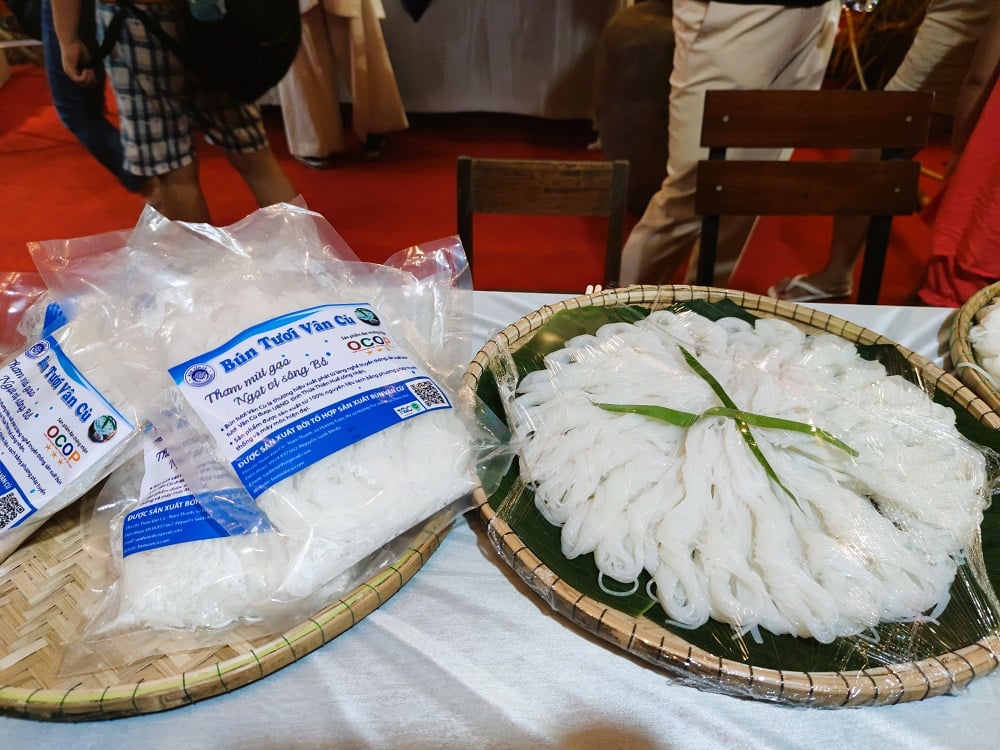

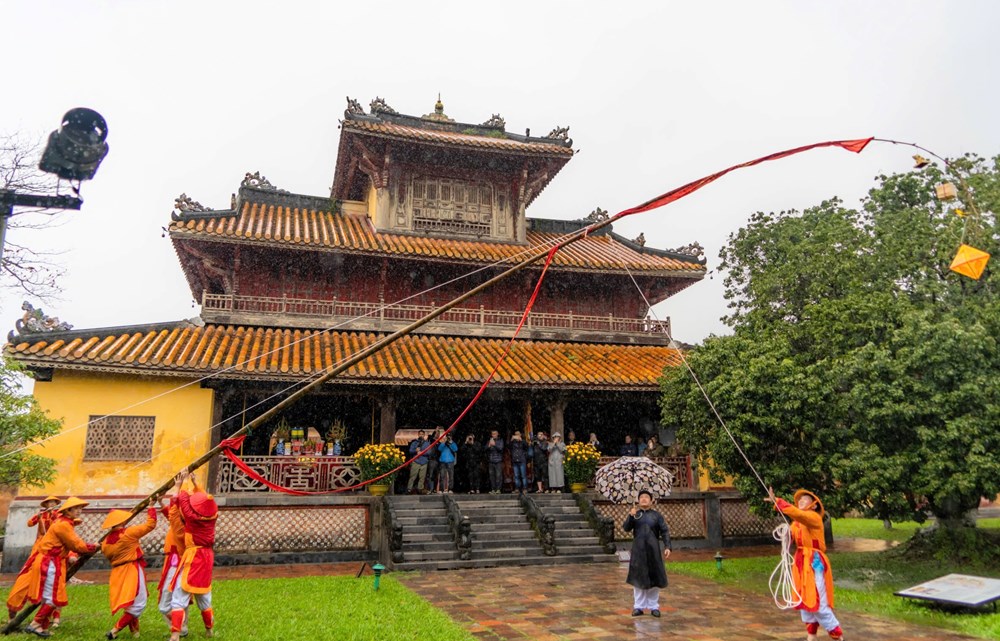

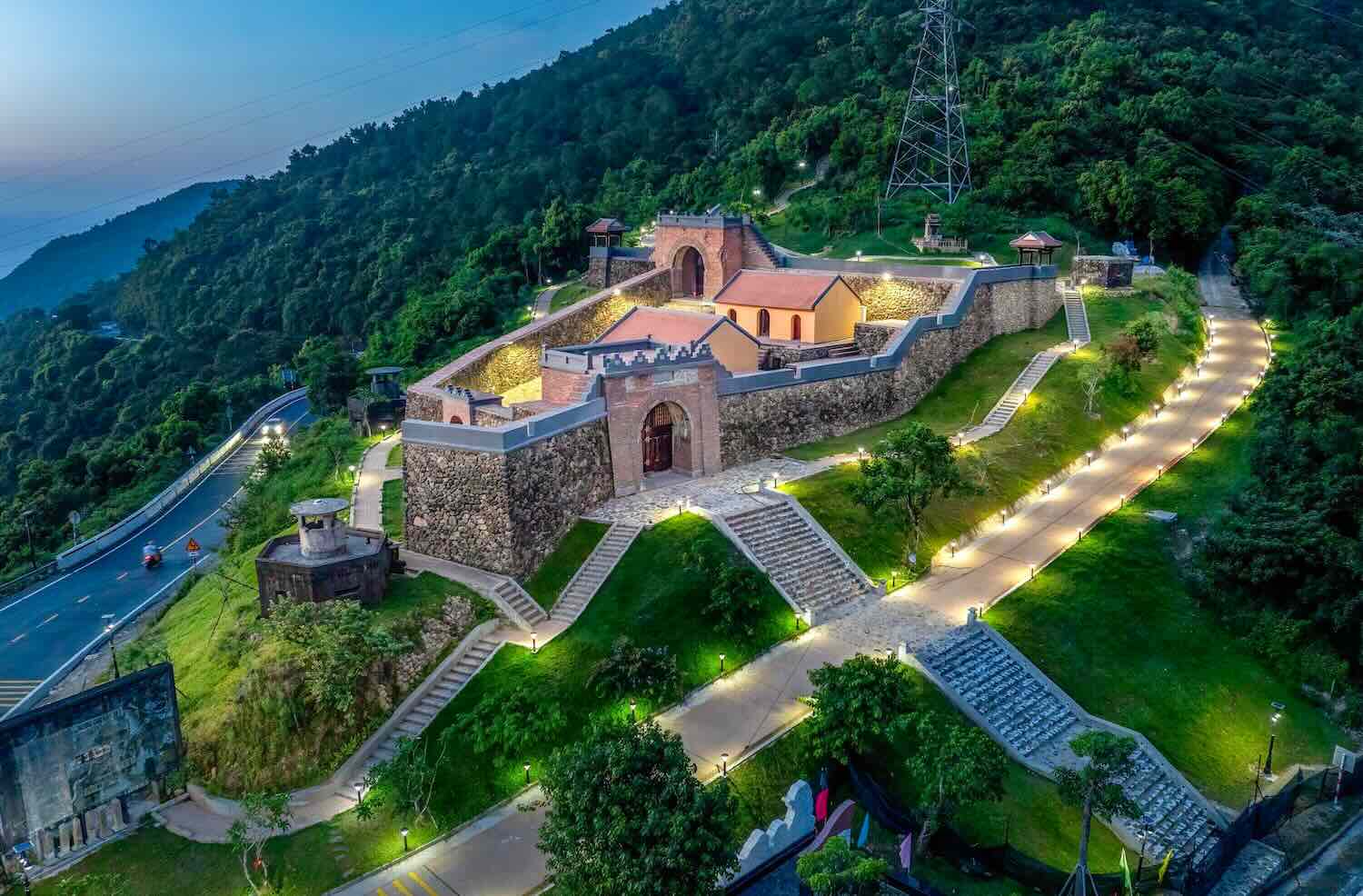

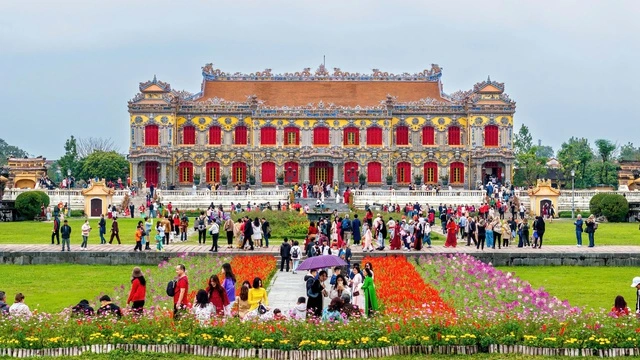


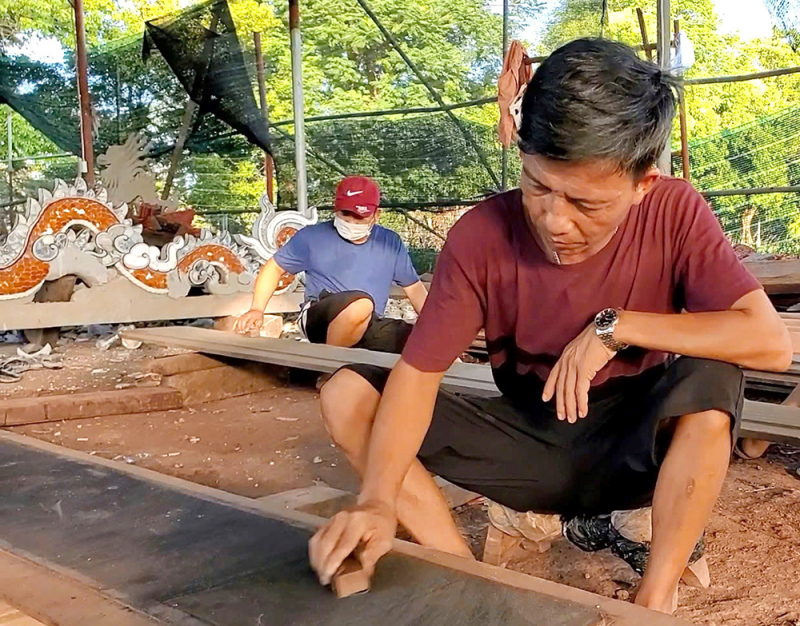
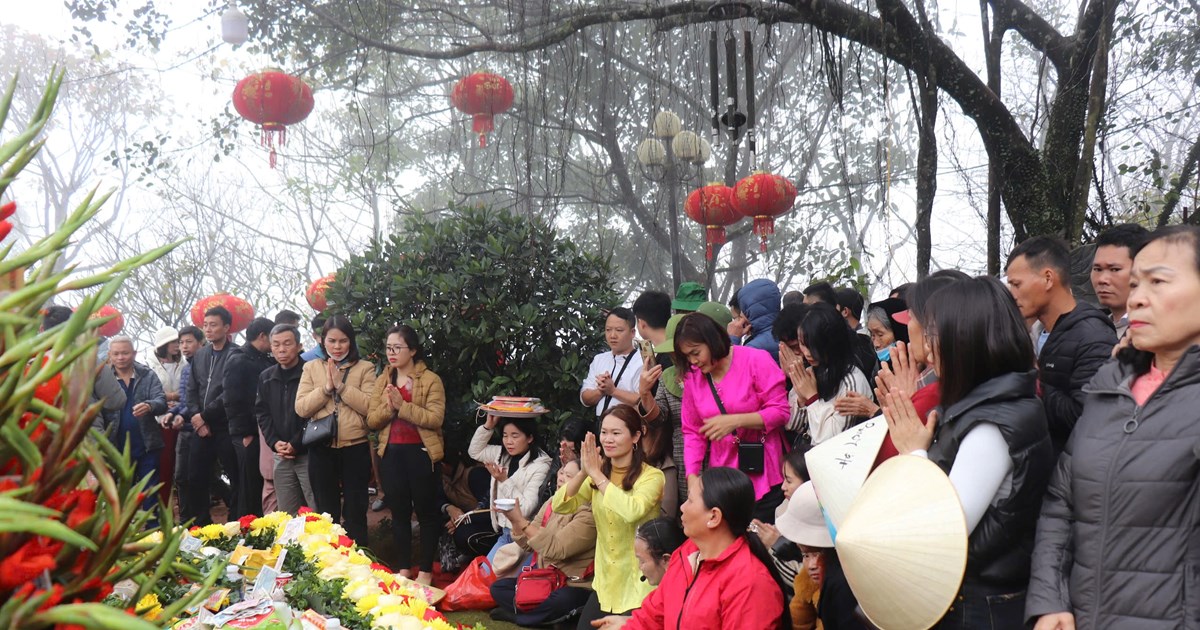
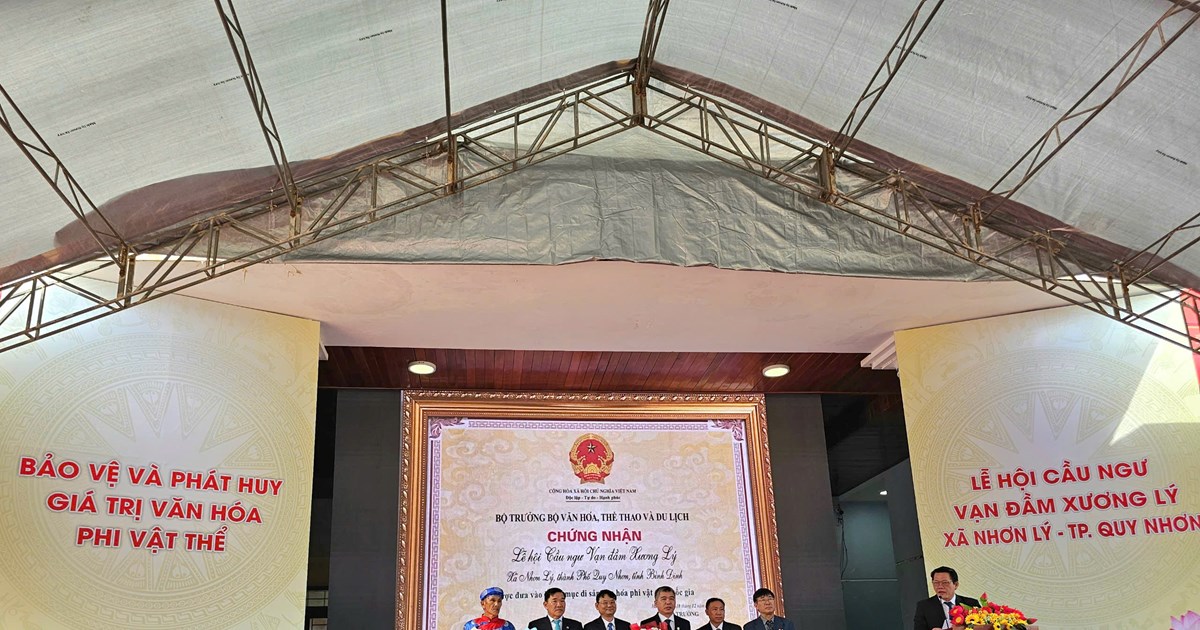
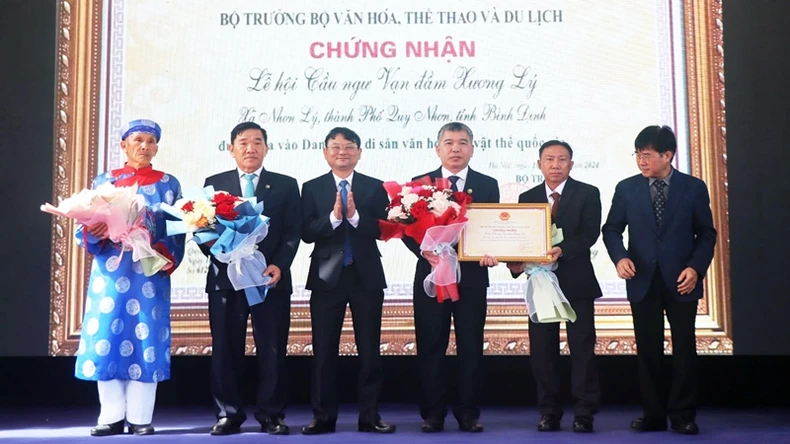

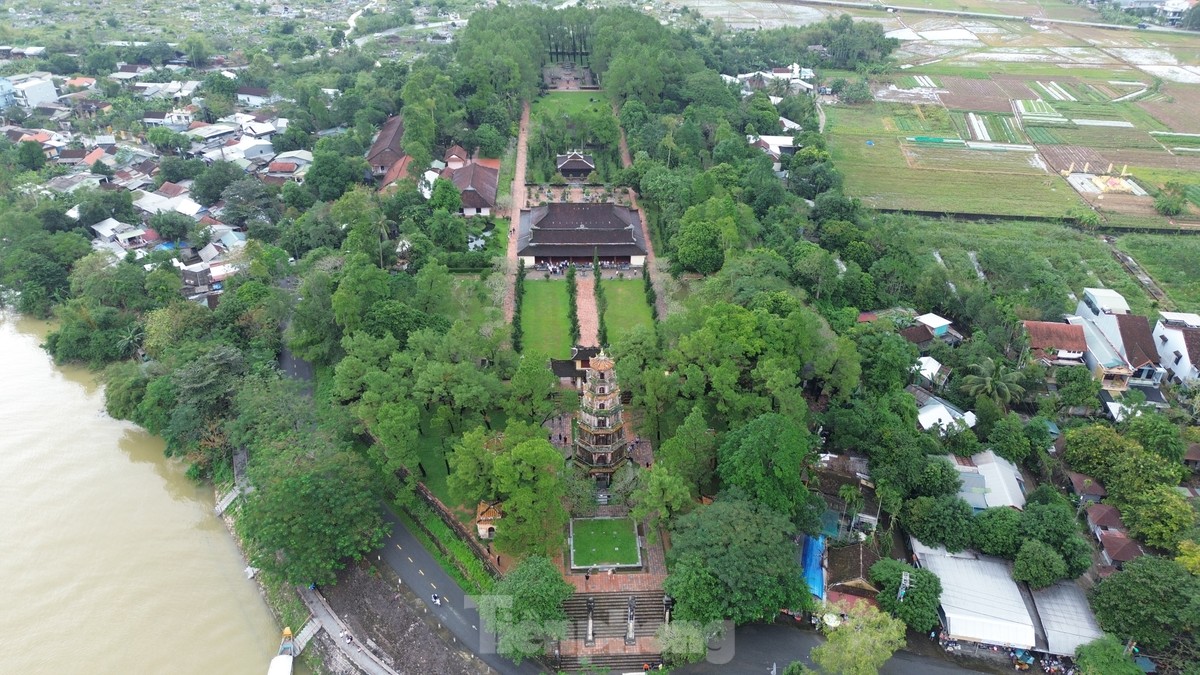

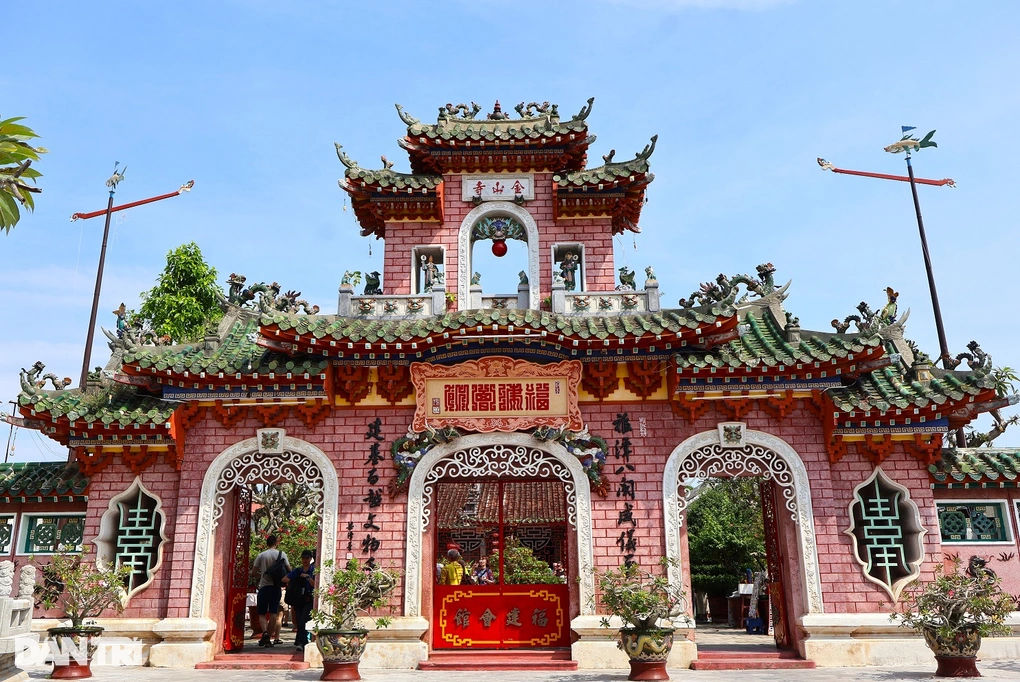

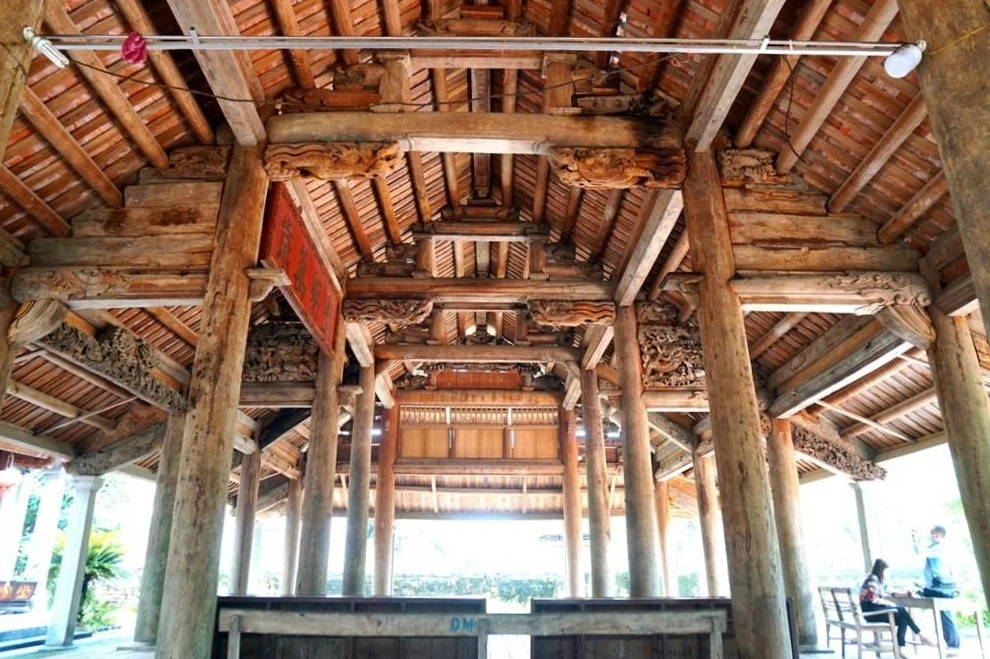


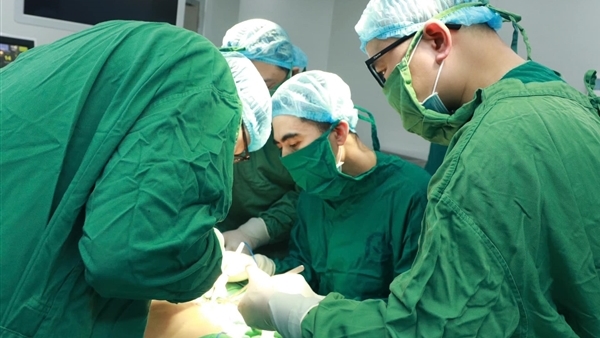



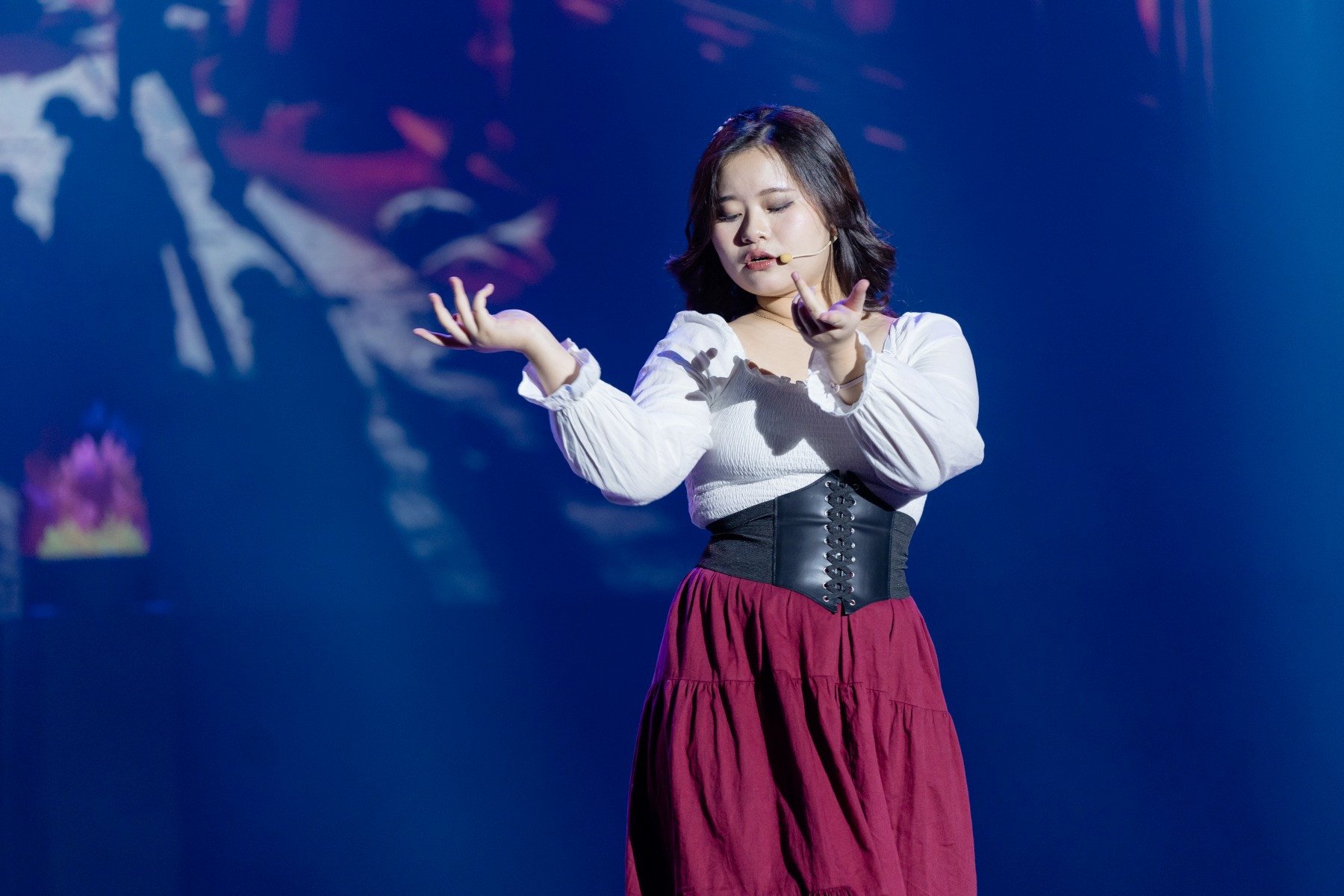

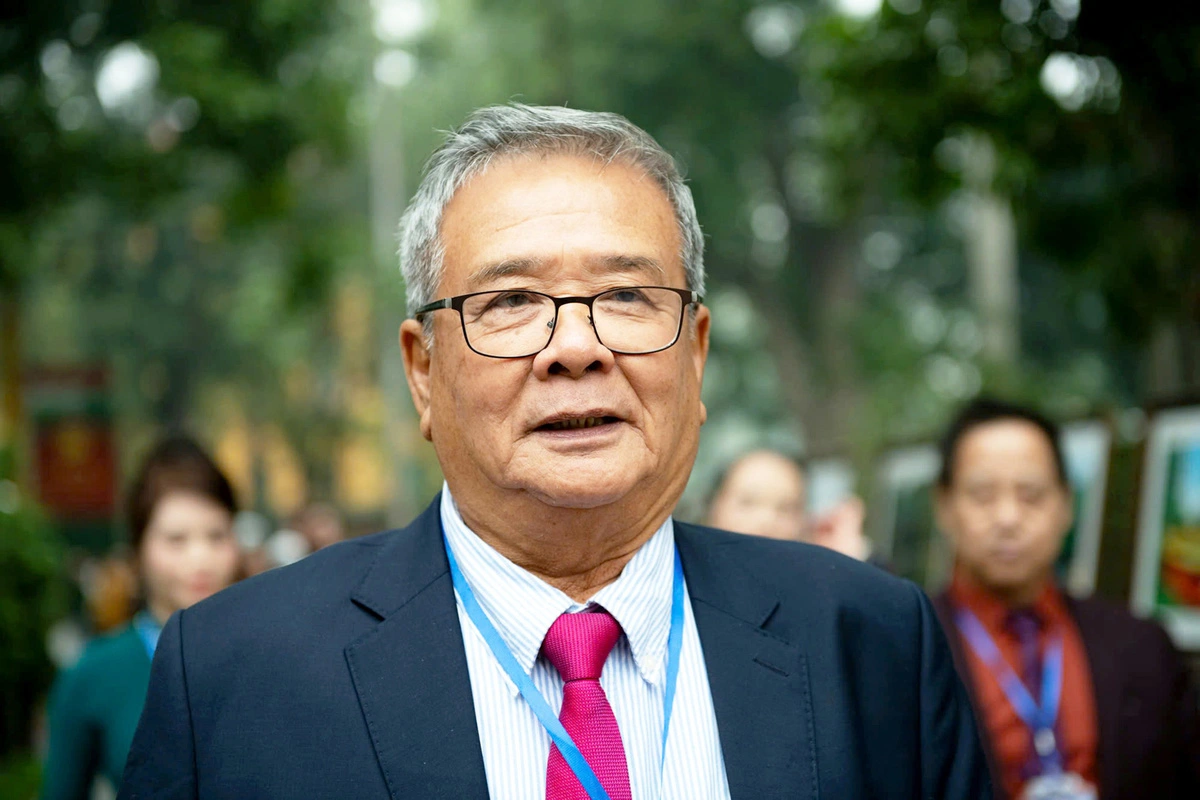

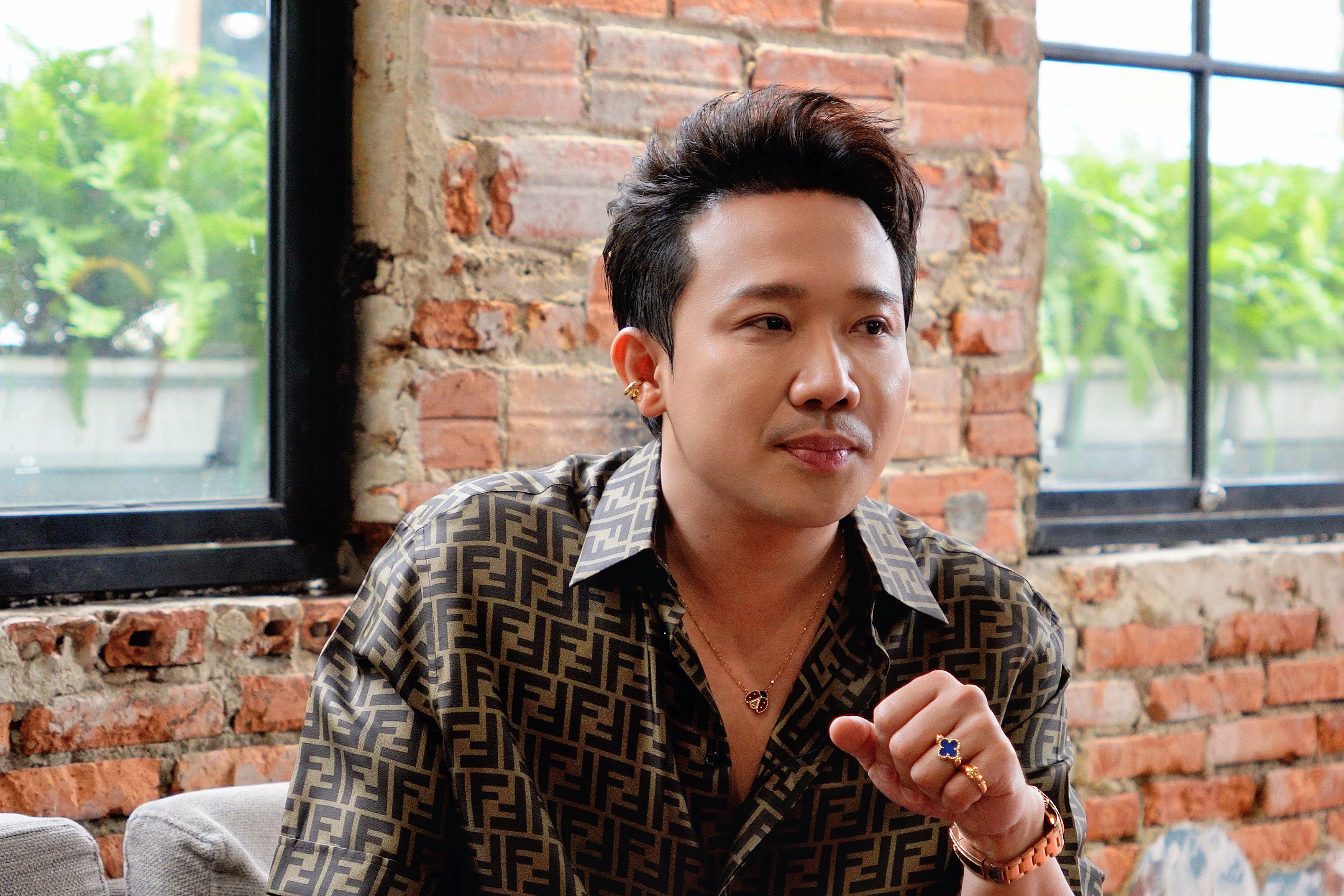

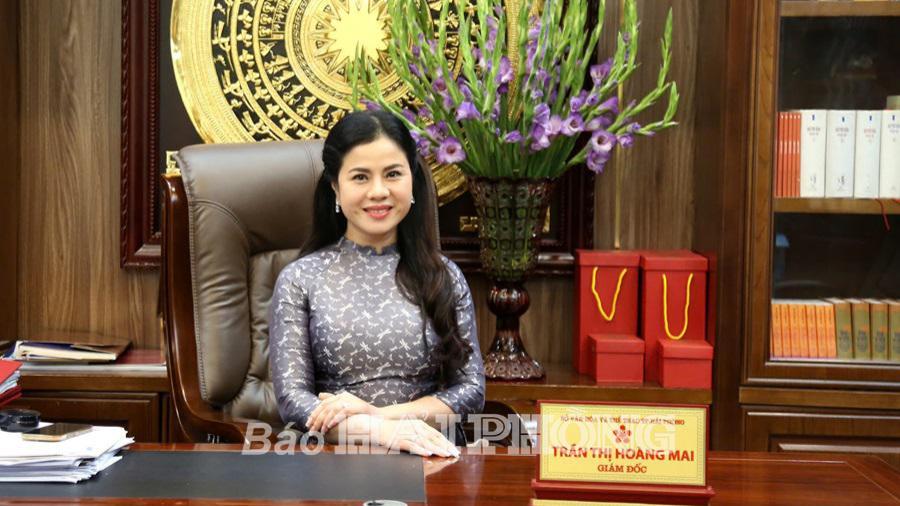

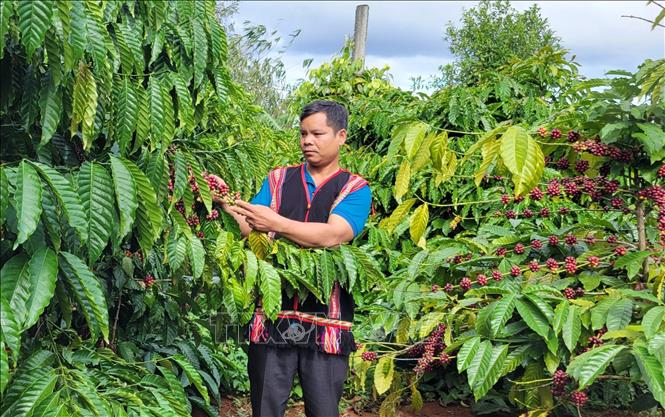





Comment (0)